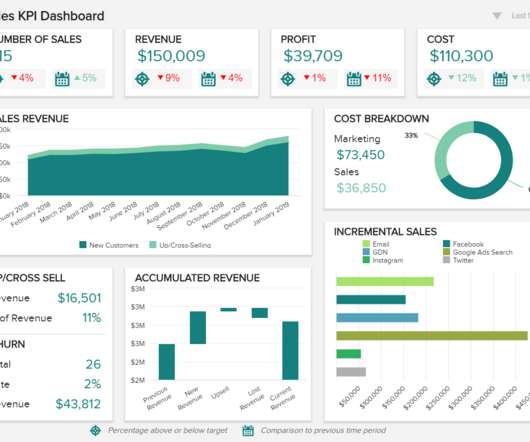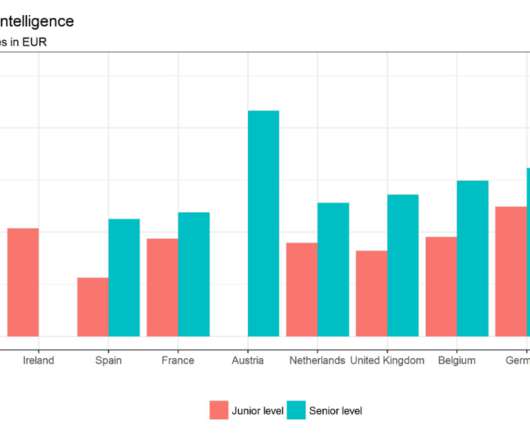Your Effective Roadmap To Implement A Successful Business Intelligence Strategy
datapine
FEBRUARY 22, 2022
Improved risk management: Another great benefit from implementing a strategy for BI is risk management. Collect and prioritize pain points and key performance indicators (KPIs) across the organization. Identify key performance indicators (KPIs). Choose a sponsor.














Let's personalize your content